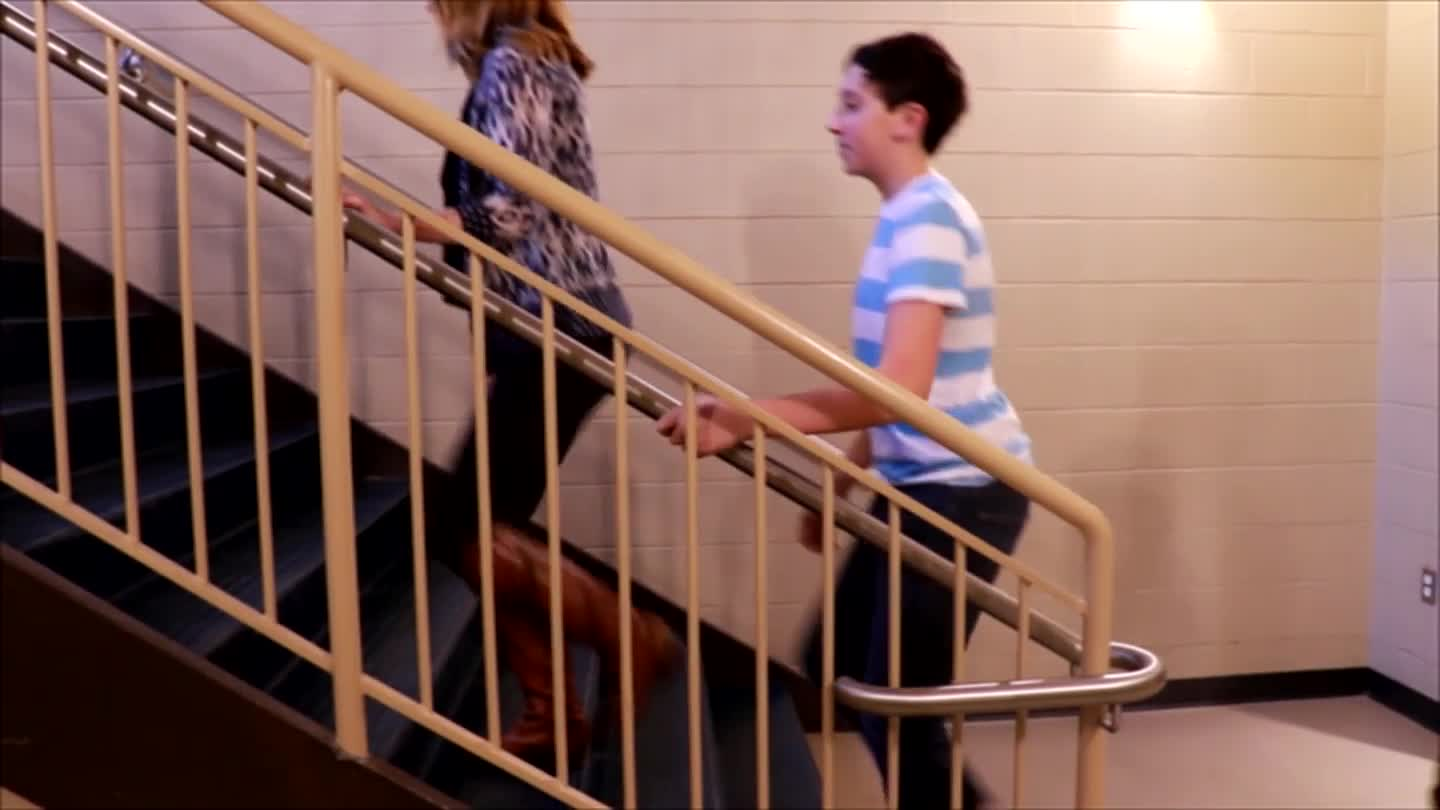Introduction
Developing essential life skills in special education students plays a crucial role in their overall development and well-being. One such skill, which is often overlooked, is the ability to safely navigate stairs. In this blog post, we will explore the significance of safe stair climbing skills and how to create effective Individualized Education Program (IEP) goals for students to achieve success in this area.
Understanding Safe Stair Climbing Skills
Safe stair climbing skills involve a student’s ability to walk up and down stairs with proper technique, while maintaining awareness of their surroundings and personal safety. This skill impacts a student’s learning environment, social interactions, and overall well-being by ensuring their physical safety and fostering independence in daily activities.
The Role of Specialists
Various specialists can support the development of safe stair climbing skills in students:
- Speech-Language Pathologists: They can help students understand and follow verbal instructions related to stair climbing.
- Social Workers: They can teach students the importance of personal space and respecting others while navigating stairs in a group setting.
- Psychologists: They can address potential fears or anxieties related to stair climbing and help students build confidence in their abilities.
- School Counselors: They can collaborate with other specialists and educators to create a supportive environment for students to practice and develop their stair climbing skills.
IEP Goals for Safe Stair Climbing Skills
Below are some specific SMART IEP goals for developing safe stair climbing skills in students, along with strategies and activities:
Goal 1: Student will demonstrate proper stair climbing technique
Strategies and Activities:
- Provide visual cues or step-by-step instructions for students to follow.
- Practice stair climbing with adult supervision and guidance.
- Offer positive reinforcement and feedback to encourage correct technique.
Goal 2: Student will maintain awareness of surroundings and personal safety
Strategies and Activities:
- Teach students to hold the railing and maintain a safe distance from others while climbing stairs.
- Role-play various stair climbing scenarios to practice situational awareness.
- Encourage students to ask for assistance when needed.
Implementing and Measuring Progress
It is essential to monitor students’ progress and adjust IEP goals as needed. To implement and measure progress, consider the following tips:
- Collaborate with specialists and school staff to ensure consistent support and reinforcement of skills.
- Track student progress through data collection, such as observation notes, checklists, or video recordings.
- Conduct regular progress reviews and adjust goals or strategies as necessary.
Conclusion
Developing safe stair climbing skills in elementary students is crucial for their overall well-being and success in daily activities. By setting effective IEP goals and implementing strategies, educators can support students in achieving this essential life skill. We encourage you to apply these goals and strategies in your classroom and invite you to explore more resources at Everyday Speech Sample Materials.






